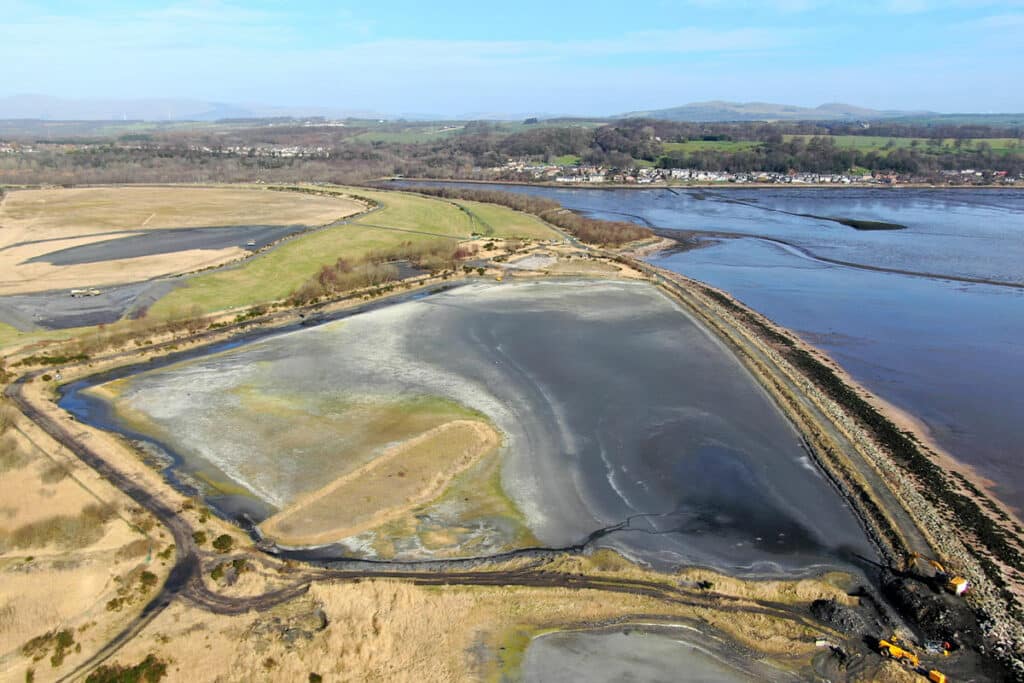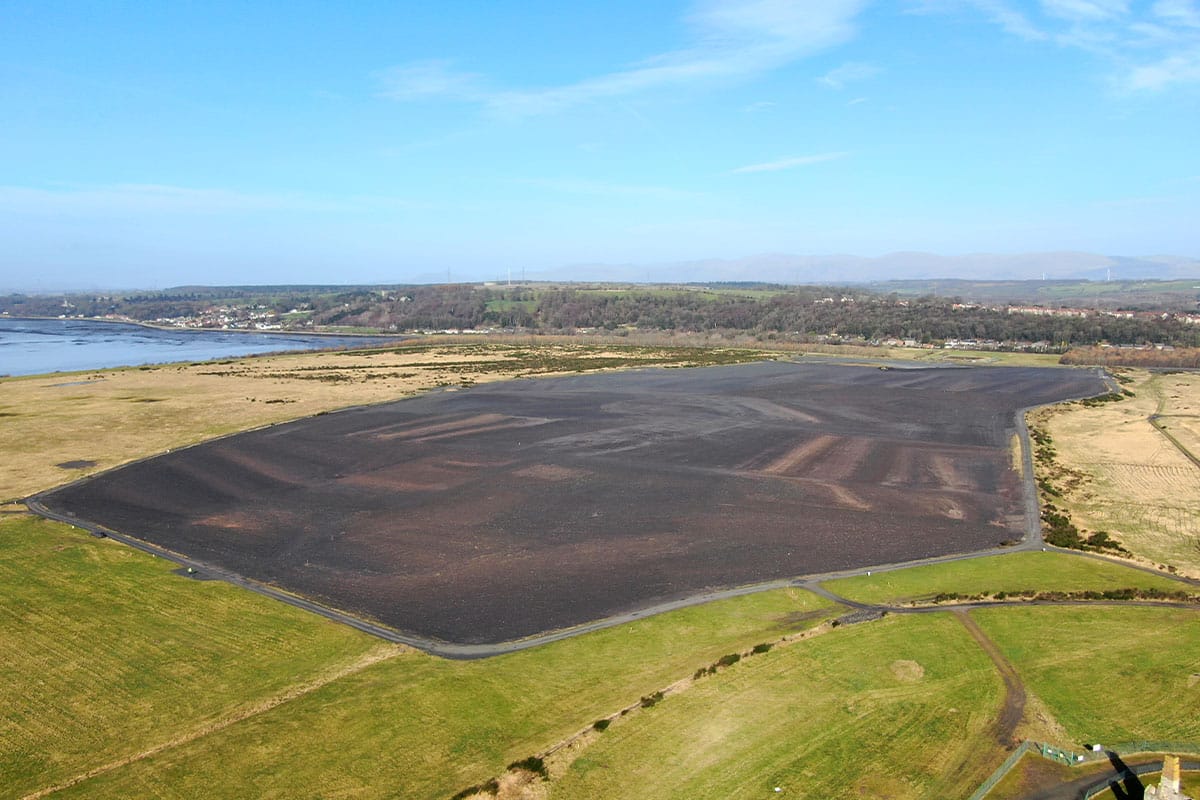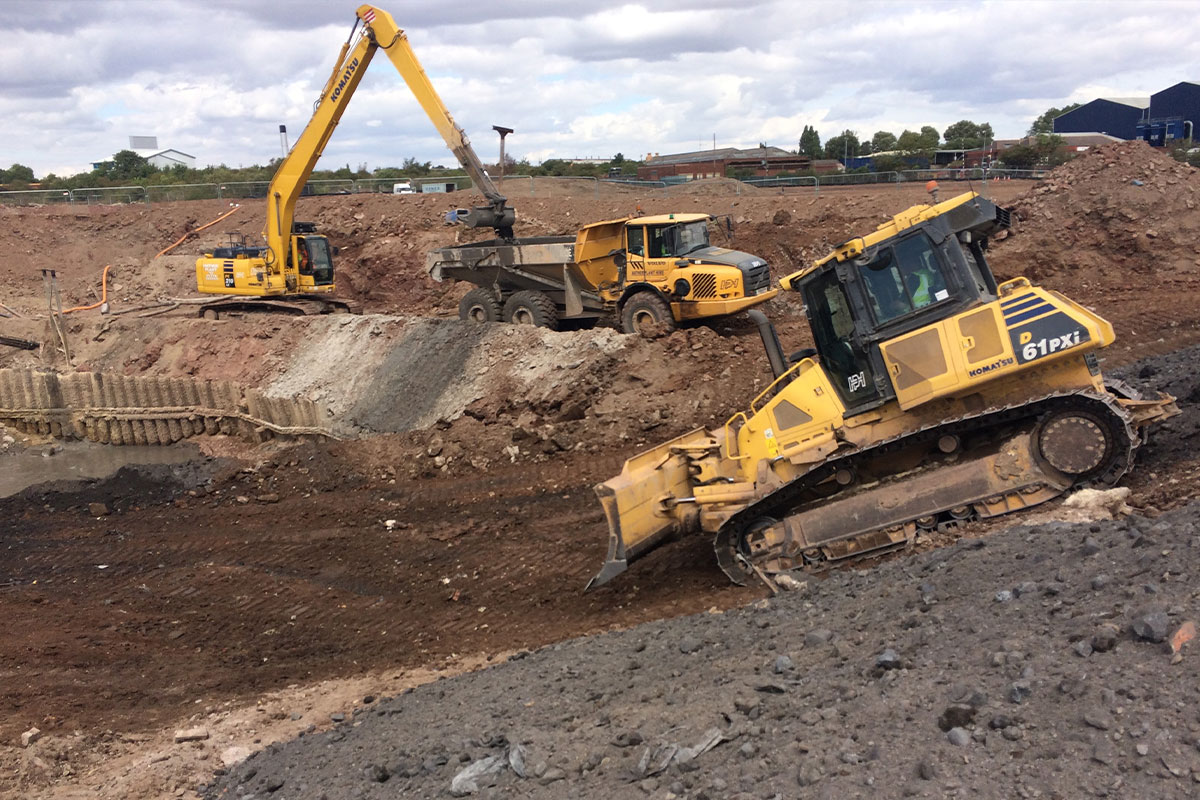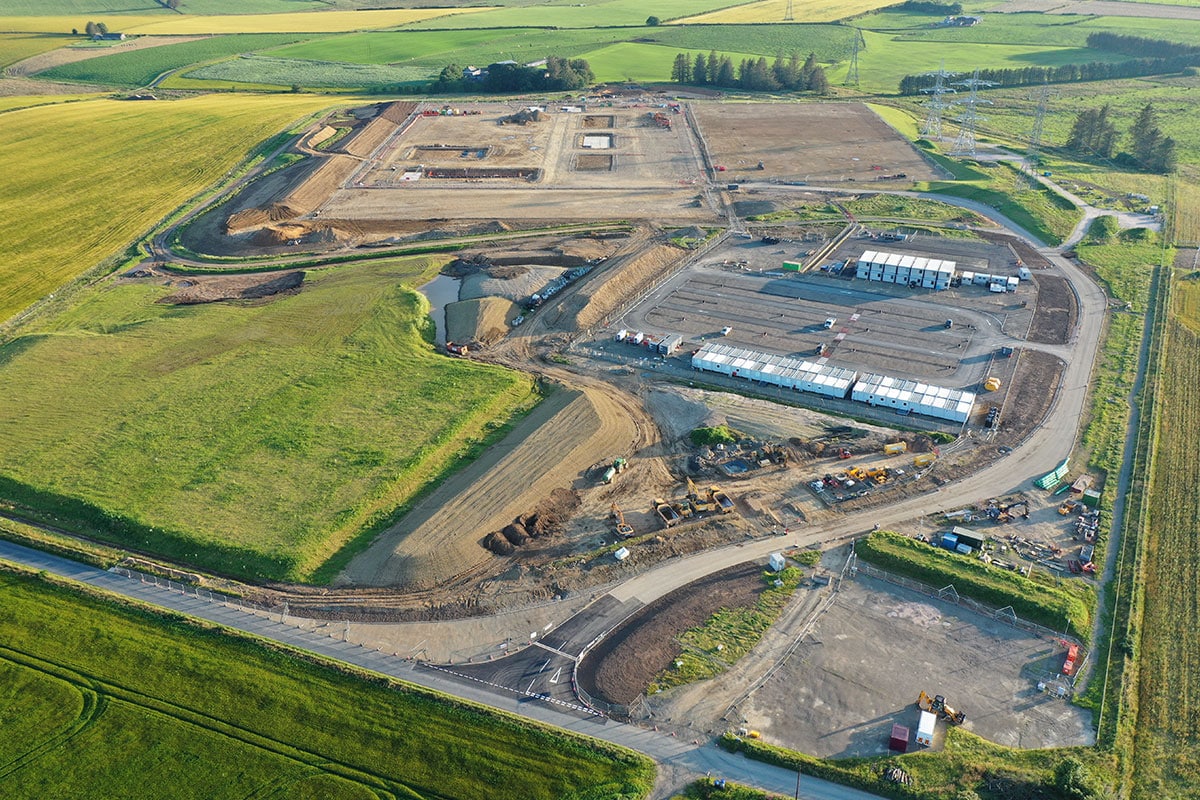Remediating 2 former power station ash lagoons and creating important wetland habitats.
Since the closure of the coal-fired Power Stations at Cockenzie in 2013, and Longannet three years later, the ash lagoons – where residual ash slurry from the power generation process was deposited under water – have presented a continual maintenance issue for Scottish Power, with prolonged dry weather raising concerns about windblown ash for local residents.
The first requirement was the draining of the lagoons, followed by reprofiling, removal of dust suppression, ash slurry pipes, and other infrastructure. Then we had to import material that would cap off the lagoons.
Once capping is complete, a nature reserve wetland will be created at Longannet with new footpath networks, benches and bird hides – a feature of our works at the Cockenzie lagoons.
Scottish Power
Low Valleyfield Fife, and Musselburgh East Lothian
£8.5m combined
104 weeks
Key Challenges.
A key concern both for Scottish Power and the local communities at Low Valleyfield and Musselburgh is to undertake these works while preventing windblown ash from overwhelming the on-site dust suppression apparatus.
We employ a methodical approach to both our dust monitoring techniques and our efficient earthworks to expedite the capping operation, with no reported concerns raised by any party.
Additionally, planning constraints at Low Valleyfield significantly reduced the volume of material that can be imported daily into the site through limiting vehicle movement to a prescribed level. We therefore monitored progress daily to ensure that sufficient imported material was always available to cap ‘open’ areas and minimise the probability of windblown ash becoming a concern.



Our Solution.
A volume of 86,000m3 of material needed to be imported to complete the capping of the lagoon. We identified a local source of suitable material that met the specification, which ironically was a coal mining by-product in the form of coillery shale.
The use of this locally sourced material significantly reduced road haulage distances and carbon emissions generated by the works, as well as being the most sustainable way to achieve the desired outcome.
To add to our sustainable construction credentials, we sought an alternative to a landfill disposal of the 9km long ash slurry pipe network at Longannet. Our solution was to recycle the pipework off-site which facilitated the manufacture of new HDPE products for the industry.



